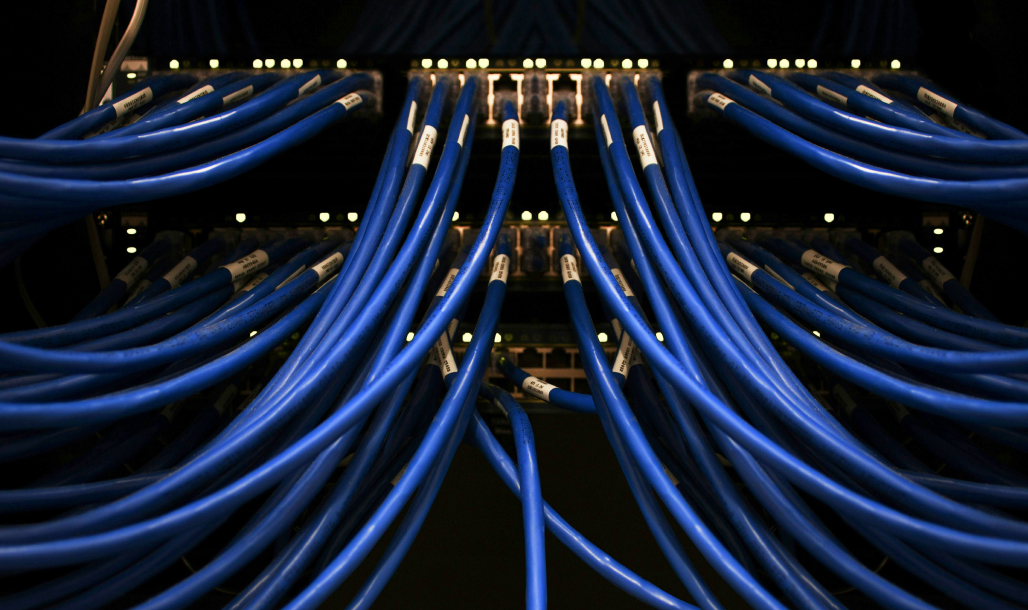Companies today depend more than ever before on high-speed, reliable and secure networks. A lot of people are focused on Wi-Fi or cloud services however what they don’t know is that beneath every smooth connection lies a cabling system. This is the invisibly infrastructure that is what holds the network together.

Image credit: gokaravan.com
It’s not an option to get the proper structured cabling as it’s a must.
What is Structured Cabling, Really?
Think of structured cabling as the physical structure of your IT infrastructure. It’s the standard method of arranging cables and hardware so that phones, computers, servers, and security systems all can communicate and connect. Instead of the jumbled mess of wires you might find behind older setups, an organized cabling system is organized, simple, and designed to be able to change as your technology develops.
An organized cabling infrastructure will provide data, voice as well as multimedia throughout your operation. It’s modular. This means that you can expand, relocate or modify equipment with little disruption. In addition, the system can be scalable and ready to expand your company’s needs.
Why Structured Cabling Services Matter
The structured cabling system isn’t a universal solution. Each structure, each industry, and every type of business has different demands for performance. It is essential to work with a cabling company that specializes in.
Professionals evaluate your existing infrastructure, future requirements, and physical layout, to develop an individual design. Common services include backbone and horizontal cables along with patch panels and distribution frames. Each cable is checked for quality assurance.
Karavan Technology offers structured cabling solutions in the US and Canada that are tailored to both complex and simple situations. The solutions offered range from Cat5E all the way to high-frequency Cat7 cable that can operate at 1200 MHz. This gives you rapidity and dependability on every level.
The Installation Process of Structured Cabling
Structured cabling is typically viewed as disruptive. A skilled team can perform installations quickly and safely often, without impacting everyday operations.
Here’s what an installation typically entails:
1. Engineers will analyze the area to determine the cable route. They also mark each endpoint.
2. Installation: The cables are positioned cleanly and labeled.
3. Testing and Certification: Each connection is tested for signal quality and is certified to the performance standards.
4. Documentation: A complete diagram of your cabling system is included to help you troubleshoot or upgrade your system in the future.
Once the installation process is complete, you will be able to be utilized immediately.
Future-Proofing Structured Cabling Systems
Technology moves fast and your infrastructure should too. A well-implemented structured cabling system offers future-proofing benefits that make it easier to upgrade or expand without starting from scratch. It is possible to incorporate new devices, workstations, or servers without the need for the complete overhaul.
Furthermore to that, as demands for data grow especially in cloud computing and videoconferencing, a strong base will help prevent bottlenecks and ensure reliable performance. You don’t have to be concerned about loss of signal, or the cost of delay due to old wiring.
Final Thoughts
Although structured cabling is not visible but it should not be overlooked. It is the basis of an effective, future-proofed network that will support every aspect of your business. With expertly structured cabling installation and tailored structured cabling solutions that you can not only boost your current performance but also create the foundation for future success.
If you are opening a brand new office, upgrading your existing system, or contemplating a large-scale deployment it is a good idea to consider purchasing the use of a structured cabling system.
